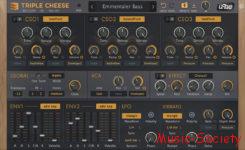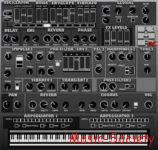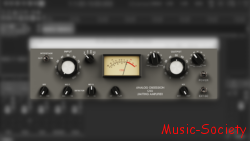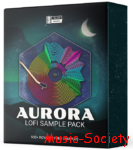Login/Register
Archive
GlowComp by SNFK Music
RMPx by Krakli[win][VSTI][x86
Instruments by Lamprey – Pressure – Cinematic Impacts and Risers Kontakt [FREE]
Pressure is a lightweight library of cinematic impacts and tension-building risers, professionally recorded and processed to serve a variety of needs. Add impact to a scene or hype up the tension with easy drag-and-drop .WAV files – the library is curated to be lightweight while still maintaining the highest quality…
Reaktor Sapphire Metasequencer by Yofiel

Originally sold on Heavens*onEarth, Sapphire has been widely acknowledged as the single most powerful MIDI sequencer instrument ever created. Many people have heard it create different musical phrases on the TV series ’30 Something, ‚ thinking it was a ‚real musician.‘ Well, the composer simply set Sapphire up to generate…
Analog Obsession OSS v5.0 VST VST3 AU WiN MACOS [FREE]
Fircomp 1 by Jon V Audio

Ultra clean peak compressor/limiter with punchy attack, musical release, and optional lookahead smoothing, for tracks or busses. Zero/low latency and low CPU. Warm distortion at extreme settings. Features: Fast or same-sample attack times that never sound „clicky“, even in zero latency mode. Innovative digital envelope detection algorithm allows for much…
Fugue State Audio Shapeulator free plugin synth VSTI3
Triple Cheese by U-HE

Triple Cheese, winner of the 2006 KVR Developer Challenge, is a truly unique freeware synthesizer. No traditional oscillators or wavetables, no FM or phase distortion and no analogue modelled filters here. A touch unusual and a little cheesy, Triple Cheese is quite capable of some surprising sounds. 3 comb filters…










